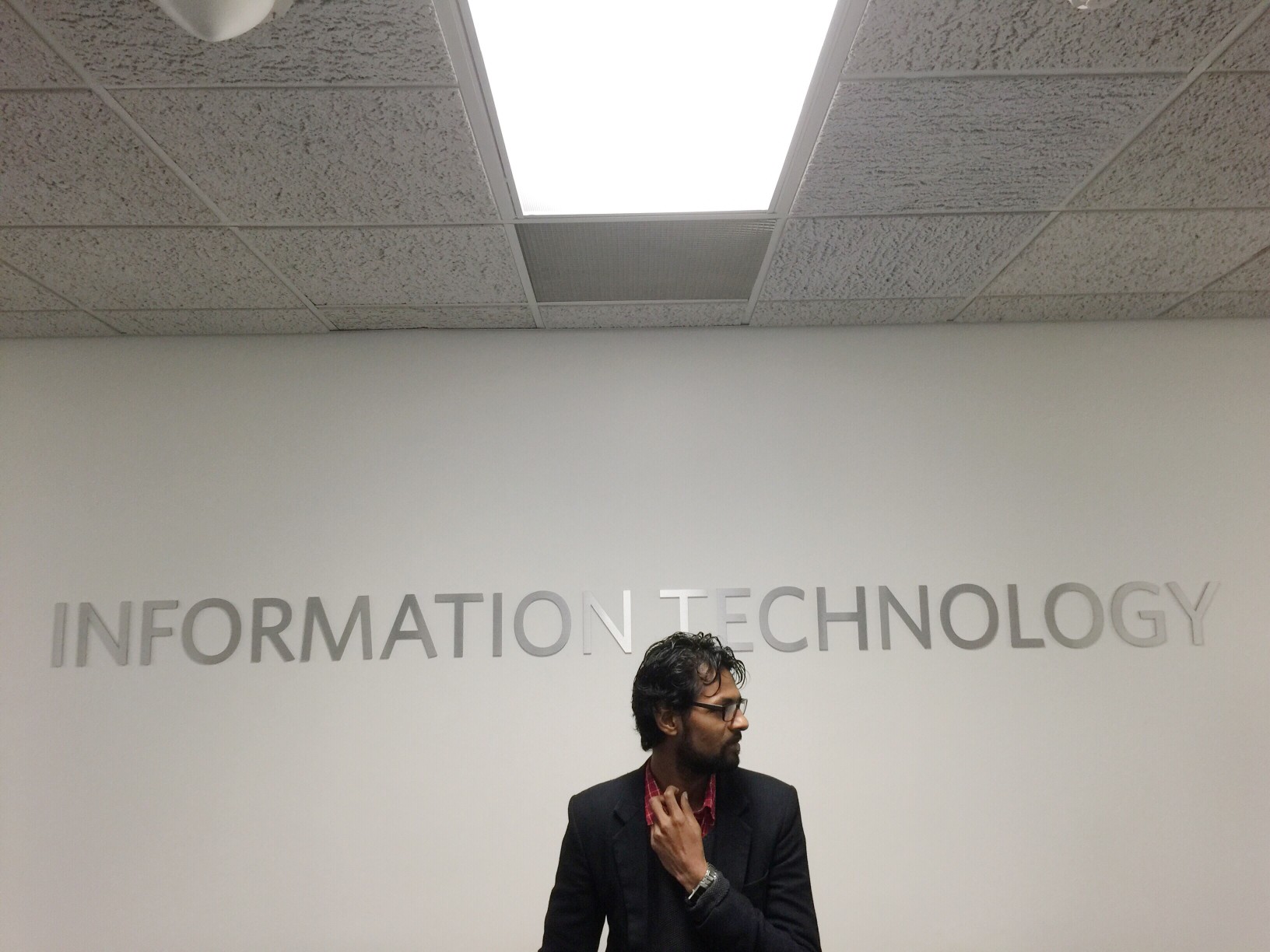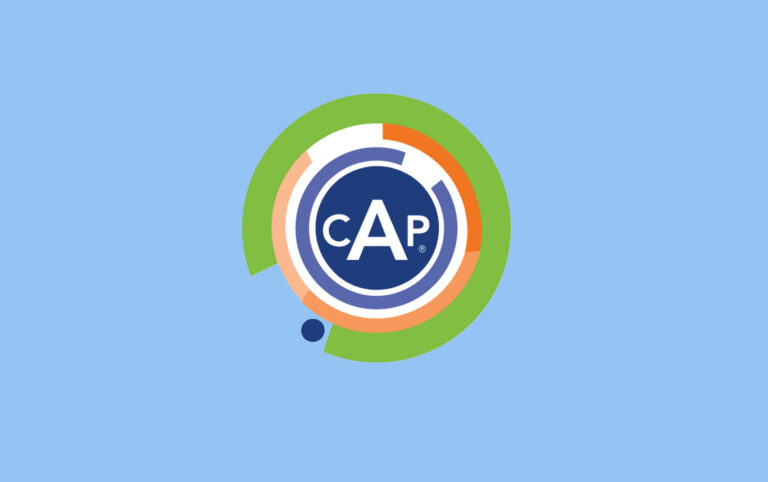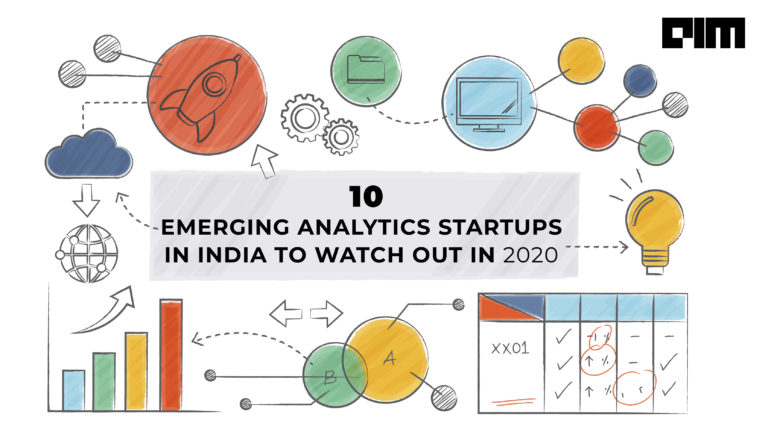In today’s world while change is the new normal and it is happening in every aspect of technology, but it is even more relevant and prevalent in BI and Analytics space because of the amount of data, type of data and constantly changing (read evolving) user needs and skills. One thing that has not changed is the need for users to be able to get access to the data when they want it and wherever they want it for their decision making. In some cases, the users also want the ability to be able to build their own content or the data should be able to provide them insight and foresight about the actions they should take.
Role of IT (historically) –
In not so recent times BI group in IT used to be the driver, owner and developer of BI and analytics (including reports, metrics etc.) in the organization. The primary reason cited was business generally does not know what they want (from data). Ironically, this (IT driving BI) was also cited (by most studies) as one of the top reasons for BI implementations to fail.
What has changed
With the amount of data increasing to almost a deluge and awareness among business users about the importance of access to data, things have changed, and users have started building their own content which sometimes even includes doing their own data integration. While the new “self-service” tools have helped but some people have used excel itself for the same. One of the reasons for business taking it over was that IT teams were termed as too slow and bureaucratic and do not understand what business is looking for.
This approach helped in increasing the usage of data for decision making and increased agility and for some time it felt that this may be the way to implement BI and analytics. But soon people started to realize that it has created the similar islands of BI that was there before the advent of DW as business users were building their own content resulting in redundancy and moreover most of the business time was now spent in getting and building data (that too for their own subject areas). In these scenarios, IT was expected to just manage the databases (if there were any) for storage and the tools that were being used by the business.
But since there was no structure as to how people should use the tools, no process for governing the content created or data used, the self-service tools that were supposed to be fast and agile started to become slow and unwieldy and started crashing on users much like what users to experience in old days. On top of this since data was not being modeled so all the logic was being done in the front end and users quickly found that they are hitting the “limits” of the tools.
New Role of IT
The above issues and the issue of data duplication/redundancy (single source of truth) can be addressed (in my opinion) to a large extent if IT embraces and follows their new role of being enabler and custodians and in some cases consultants to the business. Let’s look at how this role would be evolving –
No one would argue that Data is the backbone of any BI or analytics implementation and it is a pre-requisite too as without the right data the analytics will be what we call “Garbage in, garbage out”. This is where IT needs to lean heavily on business as a business understands the data in their area much better than IT ever will but IT with their experience and because of their interactions with other businesses can help business look at the bigger picture to collect right data and then further help business by storing and modeling it in the way so that it can be easily consumed across the businesses.
Another area where IT can help business is to make it easy and user friendly for users to find the data that they are looking for and at the same time if IT can also tell them what is the definition (business as well as technical) of the data elements and the source of the same it will help business immensely as it will reduce redundancy and increase reuse of the content. Of course, there are tools available to do this but a process needs to be championed by IT where in they can own the overall data catalog and convince business to create data stewards for better governance of data.
With the catalog in place, it will be easier for businesses to understand data but in addition to this, there would be a need for a process for data certification so that the quality of the data can be trusted upon by business and can be shared without any concern of ambiguity. Here again, IT can take the lead in setting up a framework for data quality and data certification and build checks and balances that will help businesses increase confidence in the data.
Last (but not least) thing that IT can help is to build a self-service framework for reporting and analytics which gives control to business to build their stuff but with some boundaries so that the systems are well managed and data access and security is also in place.
This self-service framework and user personas we will discuss in our next article.
Summary
If I were to create a RACI for the above this is how it can look like
| User/Activity | Data | Data Storage | Data Quality | Data Catalog | Self-service framework | Content creation |
| Business | A | C | A | A | I,C | A,R |
| IT | R,C | A,R | R,C | R,C | A,R | C |
As you can see it is very clear that in the new order analytics and BI can succeed only if IT partners with business



















































































